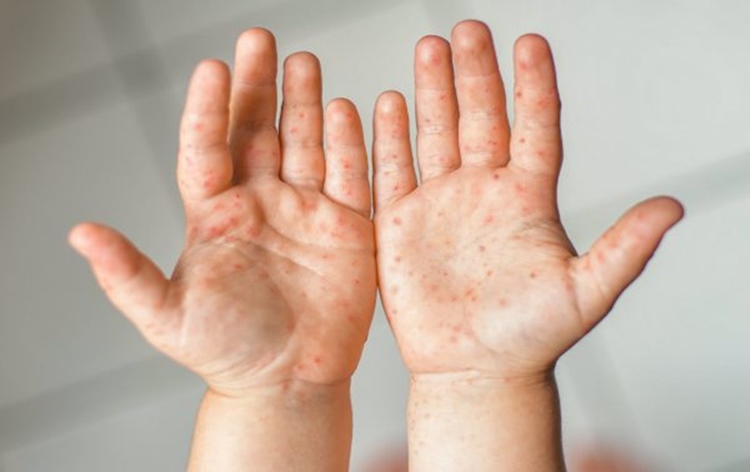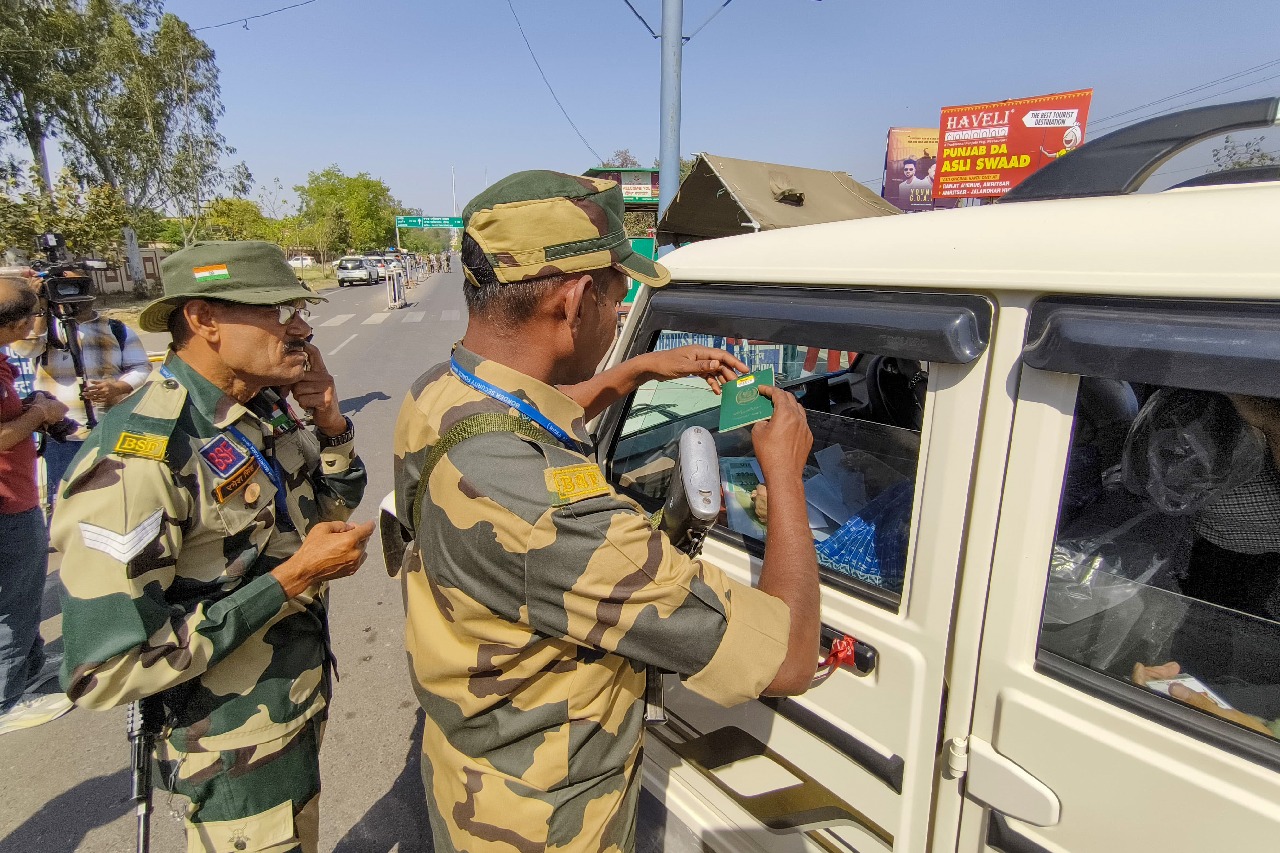Number Of HFMD Infections Exceed Warning Level In Japan For First Time In Nearly Five Years
Wed 03 Jul 2024, 11:26:30

In Japan, the number of hand, foot, and mouth disease (HFMD) infections has exceeded the warning level nationwide in Japan for the first time in nearly five years. The country’s National Institute of Infectious Diseases (NIID) on Tuesday (2nd July 2024) reported that marking the 13th consecutive week of increase, the figure exceeded the warning-level threshold of five patients per medical institution. NIID said the disease had not been surpassed the warning-level threshold since August 2019. Regionally, the central Japanese prefecture of Mie reported the highest number of cases with an average of over 16 patients per clinic, followed by Hyogo prefecture at over
11.
11.
HFMD, a viral infection causing blister-like rashes on the hands, feet, and inside the mouth, primarily affects children under the age of four. Symptoms include fever, loss of appetite, feeling unwell, skin rashes and sore throat. Mouth sores and ulcers on the tongue, gums and the inside of the cheeks can also indicate HFMD infection. Children are at higher risk of contracting the illness which may lead to serious complications such as encephalitis or dehydration.
Given that HFMD peaks in summer, Japan’s health ministry is urging the public to practice thorough handwashing to prevent the spread of the disease.
No Comments For This Post, Be first to write a Comment.
Most viewed from International
Most viewed from World
AIMIM News
Latest Urdu News
Most Viewed
May 26, 2020
Do you think Canada-India relations will improve under New PM Mark Carney?
Latest Videos View All
Like Us
Home
About Us
Advertise With Us
All Polls
Epaper Archives
Privacy Policy
Contact Us
Download Etemaad App
© 2025 Etemaad Daily News, All Rights Reserved.

.jpg)
.jpg)






.jpg)



.jpg)
.jpg)
.jpg)
.jpg)
.jpg)
.jpg)























